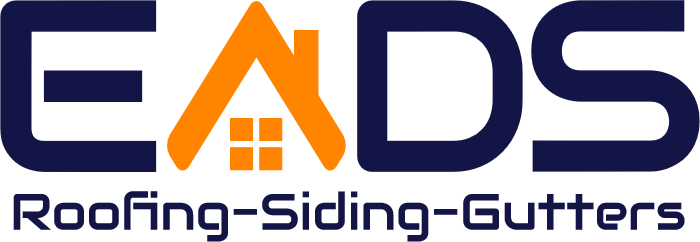Which Type Of Roof Material Is Right For Your Home?
Look no further. We’ve broken out the pros and cons of the most common types of roofing material to help you make this decision for your home.
1 Asphalt Shingles:
Pros: Asphalt is the most popular of all the options, thanks to its durability and relatively inexpensive price tag. It comes in a large selection of colors, is tolerable to a wide range of temperatures, and is very waterproof. Many options in this category also meet Energy Star standards (that’s right, we’re talking about lower energy bills).
Cons: Darker-colored shingles are prone to fading, and any color can become discolored from algae (which is removable, yet requires minor maintenance). Asphalt also won’t last quite as long as the heavier tile options.
2 Slate Tiles:
Pros: Slate tiles are a great option if you’re looking for something to last… we’re talking 100 years. This material is known for its invulnerability to rot, fire resistance, and low maintenance requirements.
Cons: This is a specialty material, so not all contractors have the expertise needed to install it. It is also very heavy and comes with a relatively high price tag (up front and for repairs).
3 Metal:
Pros: Metal roofs are rising in popularity because they are low-maintenance, lightweight, and heavy duty. It is a very affordable option that is great for steep or flat rooflines.
Cons: During a rainstorm, this type of roof can get pretty noisy. It also tends to acquire rust patches over time and lose its finish (requiring it to be repainted to stay aesthetically pleasing).
4 Wood Shingles:
Pros: We’ve come to the most environmentally friendly of the options! The options are cedar and redwood which are moderately priced, the cost generally falling between Asphalt Shingles and Slate Tiles. These also can be very energy efficient.
Cons: Wood shakes tend to be difficult to install, and require the homeowner to take extra precautionary measures to prevent mold and termites. Also, once the shingles start to warp or break, they are not easily repaired and will likely require replacing.
If you’d like some extra advice on the material that would work best for your personal style, budget, and goals, please give us a call. We would love to speak with you further on the topic.
